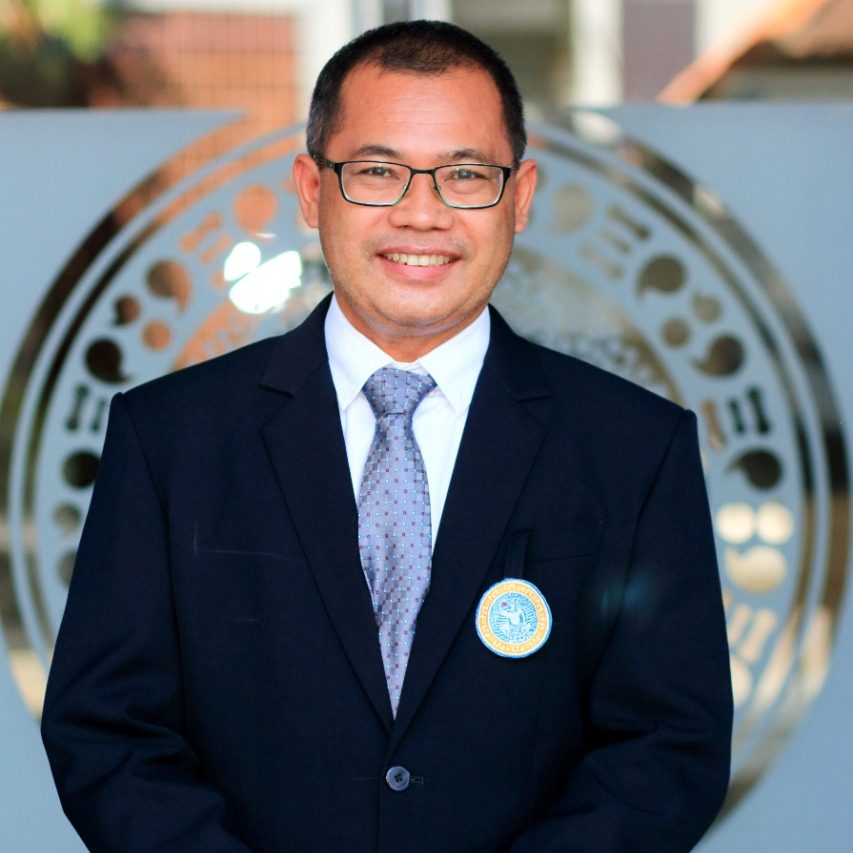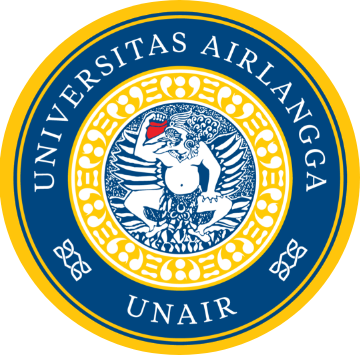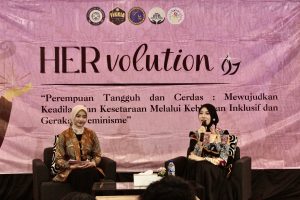UNAIR NEWS – The revitalization of Surabaya’s Old Town (Kota Lama) is a major initiative involving a wide range of stakeholders, including the city government and academics. Among the academics is Prof. Dr. Purnawan Basundoro, a historian from the Faculty of Humanities (FIB) at Universitas Airlangga (UNAIR) and an expert on Surabaya’s cultural heritage.
Like Jakarta’s Kota Tua, which is a well-known historical tourism site, Surabaya’s Kota Lama features several distinct districts, such as Chinese, Arab, and European areas, the latter of which has recently been revitalized.
The neighborhood on Rajawali Street in Surabaya is adorned with European-style buildings that were once hubs of Dutch colonial activity.
“In the 18th century, these areas were bustling with various activities, including residential quarters and offices like the presidential office, police stations, and military headquarters. Most of this area was designated for colonial officials,” explained Prof. Basundoro.
Preserving authenticity of historical buildings
As Indonesia’s second-largest city, Surabaya is home to numerous modern conventional buildings throughout the city. Two of the largest malls in the country are in Surabaya. However, as the City of Heroes, Surabaya has always maintained its rich historical values.
The existing buildings must preserve their unique architectural styles, serving as cultural heritage assets. As an urban history scholar, Prof. Basundoro contributes to the project by preserving the cultural heritage attributes of the buildings in the revitalized area.
“As academics, we provide advice and recommendations on preserving buildings, architectural styles, and other elements to maintain their cultural integrity,” stated Prof. Basundoro.
Furthermore, as a historian, Prof. Basundoro is involved in crafting narratives for the historical buildings in Kota Lama. This effort ensures that the area serves not only as a tourist destination but also as an educational medium for visitors.
“There is a need for historical narratives that can explain the areas and buildings from their historical perspectives,” he emphasized.
As an expert in Urban History, Prof. Basundoro has also suggested a more integrated organization of historical areas. He proposed thematic arrangements based on historical aspects to attract more visitors to Surabaya.
“There are themes such as administrative offices, religious sites, traditional markets, land and river transportation, ethnic communities, and neighborhoods in Surabaya,” he said. “All these themes will be integrated into a cohesive whole,” Prof. Basundoro added.

Long term plan
As a large-scale project involving numerous stakeholders and experts, the revitalization of Kota Lama is carried out with specific objectives and future plans. Sustainability is key to ensuring that the European-style historical buildings remain vibrant and beneficial for the community.
Prof. Basundoro mentioned that long-term planning involves organizing not just one area but expanding to other parts of Kota Lama. Proper organization can transform these places into sustainable tourist destinations.
“In the long term, I believe it is about ensuring that all historical buildings, not just the designated ones, but the entire area, are well-organized to provide a more comfortable experience for visitors,” said Prof. Basundoro.
Author: Syifa Rahmadina
Editor: Feri Fenoria
Read also:
Department of History launches two books on the historical spice route
Upcoming Regional Elections: Prof. Basundoro urges voters to choose leaders who understand history, culture, and regional identity









